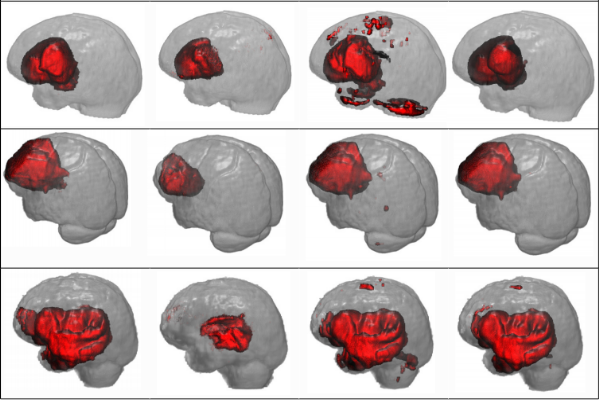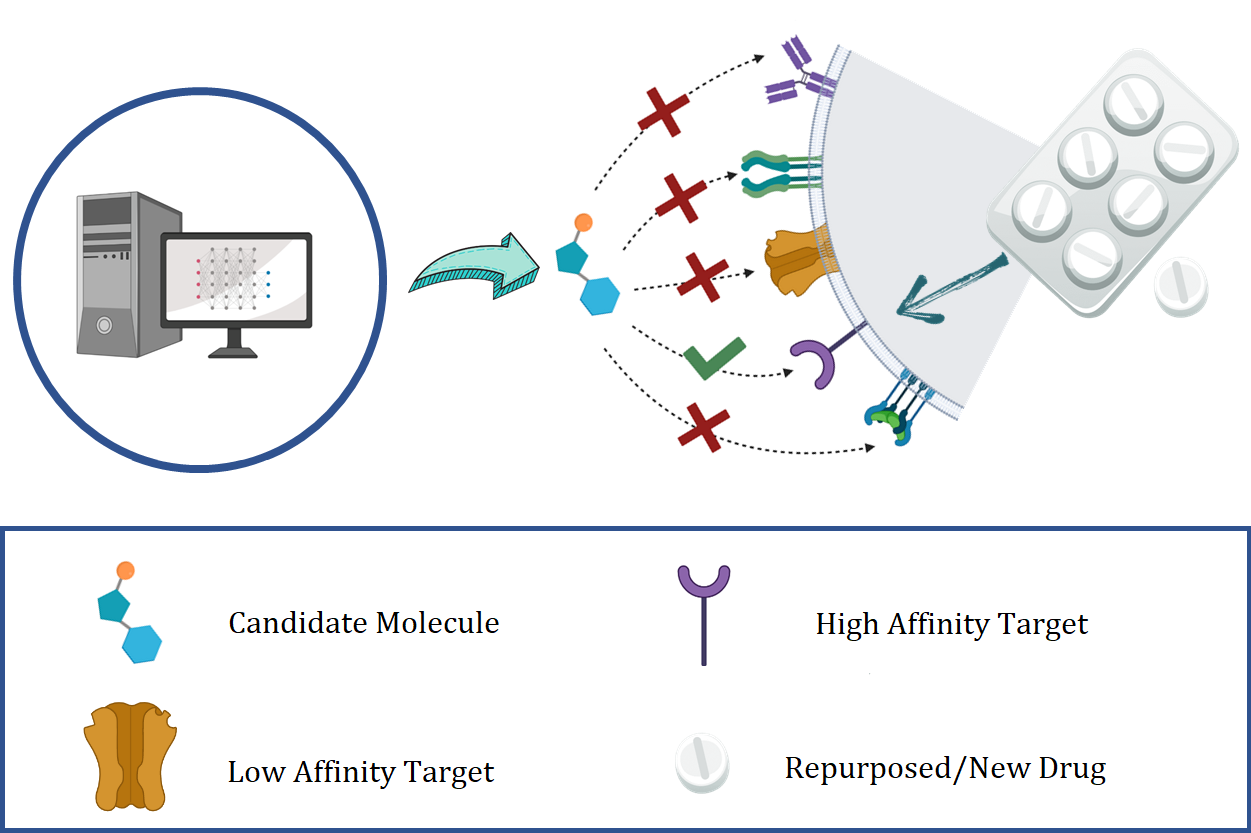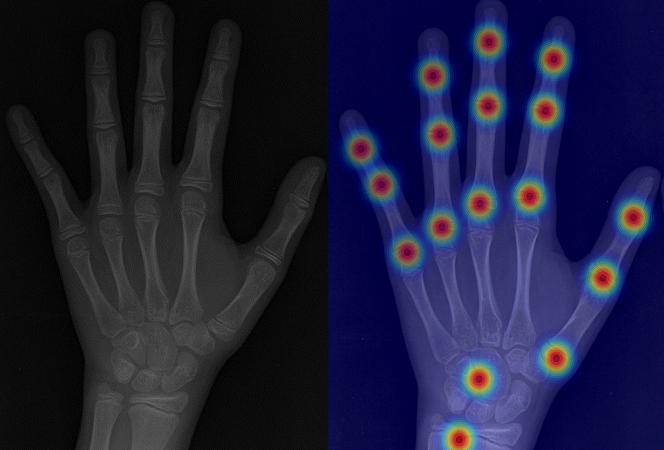I am a Postdoctoral researcher at the Institute of Machine Learning in Biomedical Imaging (IML) at Helmholtz Center Munich and the Institute for Computational Imaging and AI in Medicine (CompAI) at TUM. I earned my Ph.D. from Universidad de los Andes under the supervision of Pablo Arbeláez, as part of CinfonIA. Additionally, I completed an internship with Professor René Vidal at Johns Hopkins University. My research interests include Computer Vision, Machine Learning, and Deep Learning, with a focus on their applications to biomedical challenges. Currently, my work centers on developing foundation models for medical image analysis. In the past, I have explored topics such as the adversarial robustness of medical image segmentation methods, early lung cancer diagnosis using multimodal data, pharmaceutical discovery through deep learning, and automatic bone age assessment to identify delayed development in children.




